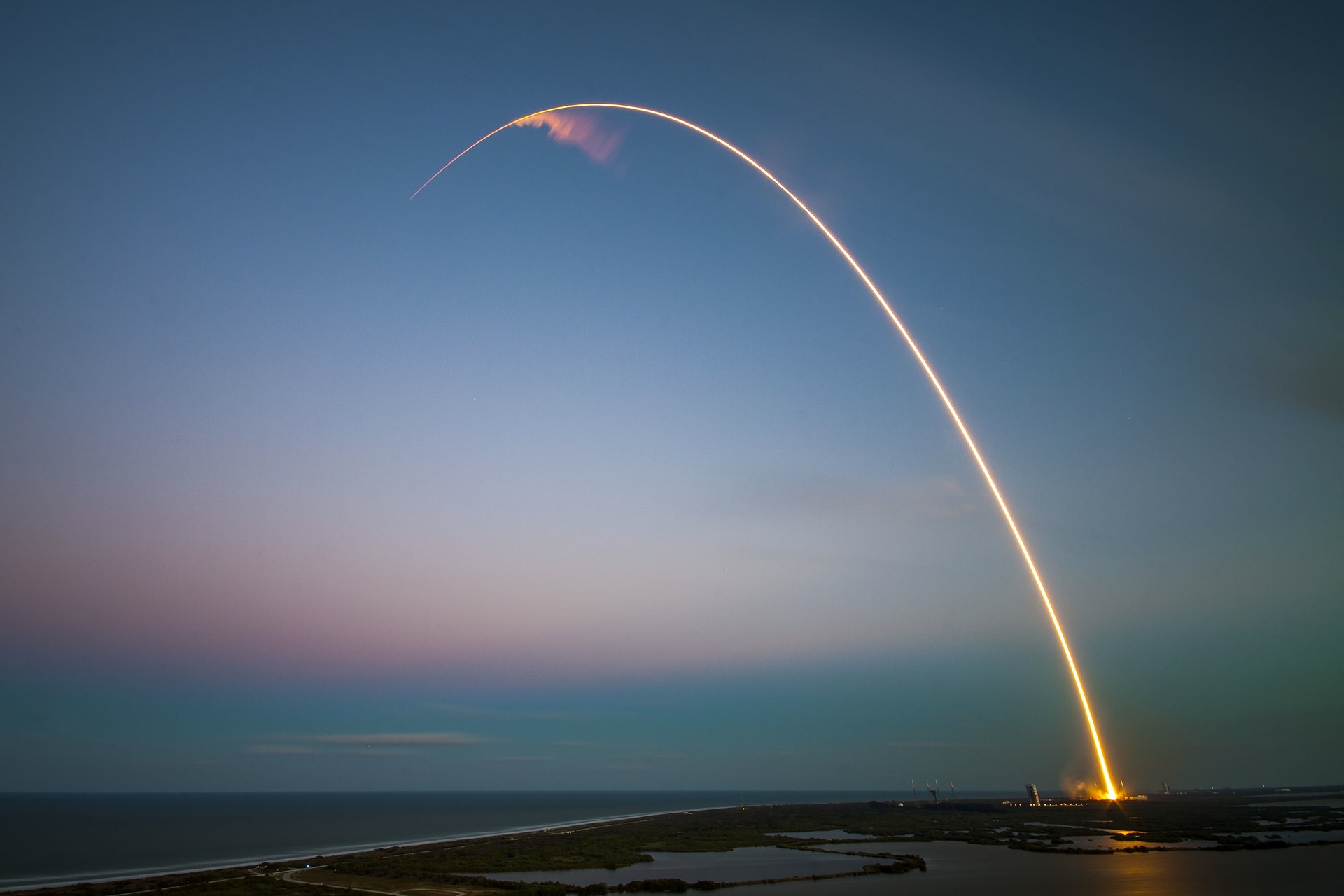
A Gateway to the Future
Half a century ago, humans took the first step into exploring the frontier of outer space. Now, we’ve set our heights even farther. With the creation of the Artemis mission, NASA its partners are attempting to do the impossible yet again: land the first humans on another planet. But in order to do so, they must first make it back to the Moon.
The first phase in the Artemis mission is landing the first women and the next man on our natural satellite. With the creation of the Space Launch System and the Orion capsule, they’re looking to make history yet again. As we expand out into our solar system, there comes a need for a midway point where experiments and supplies could remain. This way, astronauts don’t need to come back home in-between long missions.
That’s where the Gateway comes in. The Gateway is a specially designed small spaceship that will orbit the Moon and serve as a temporary home for many lunar missions. After it’s completion, astronauts can remain in space for a longer period of time and take multiple trips to down to the lunar surface during their time in orbit. But the spaceship won’t just be home to astronauts. Advanced robots and computers will continue to run experiments in and around the Gateway and send the information back to Earth. The Gateway will be built in orbit around the Moon through a series of 5 to 6 rocket launches mainly by the SLS. While the most powerful rocket ever created will send the supplies up to Moon, it’s up to Orion to push them all the way into orbit for an automatic assembly.
The Gateway will be a collaboration through NASA and its international and US partners and will be the next step to colonizing outer space. Not only will the Gateway be a crucial element in the journey back to Moon, it also will play a key role on the way to Mars. Missions to Mars, won’t have to come back to Earth or carry a multitude of supplies (imagine the amount of thrust that would be needed!), but can simply stop at the Gateway to refuel and resupply on their way to making history.
But there’s still one more problem. How can we know for sure that the Gateway’s unusual orbit will work? In order to test the orbit, a specially designed cubesat nicknamed CAPSTONE will test the orbit and will be equipped with a communications device that will continuously measure its distance from the Lunar Reconnaissance Orbiter. This way they can continue to gain data about the Moon and be prepared for anything during the momentous landing on the Moon yet again and onward towards Mars. The Gateway will be the first of its kind to be built around another celestial body, and it will open up new opportunities for the future of humankind.






Tagged #cassini, #clouds, #hexagonalstorm, #magneticfield, #saturn